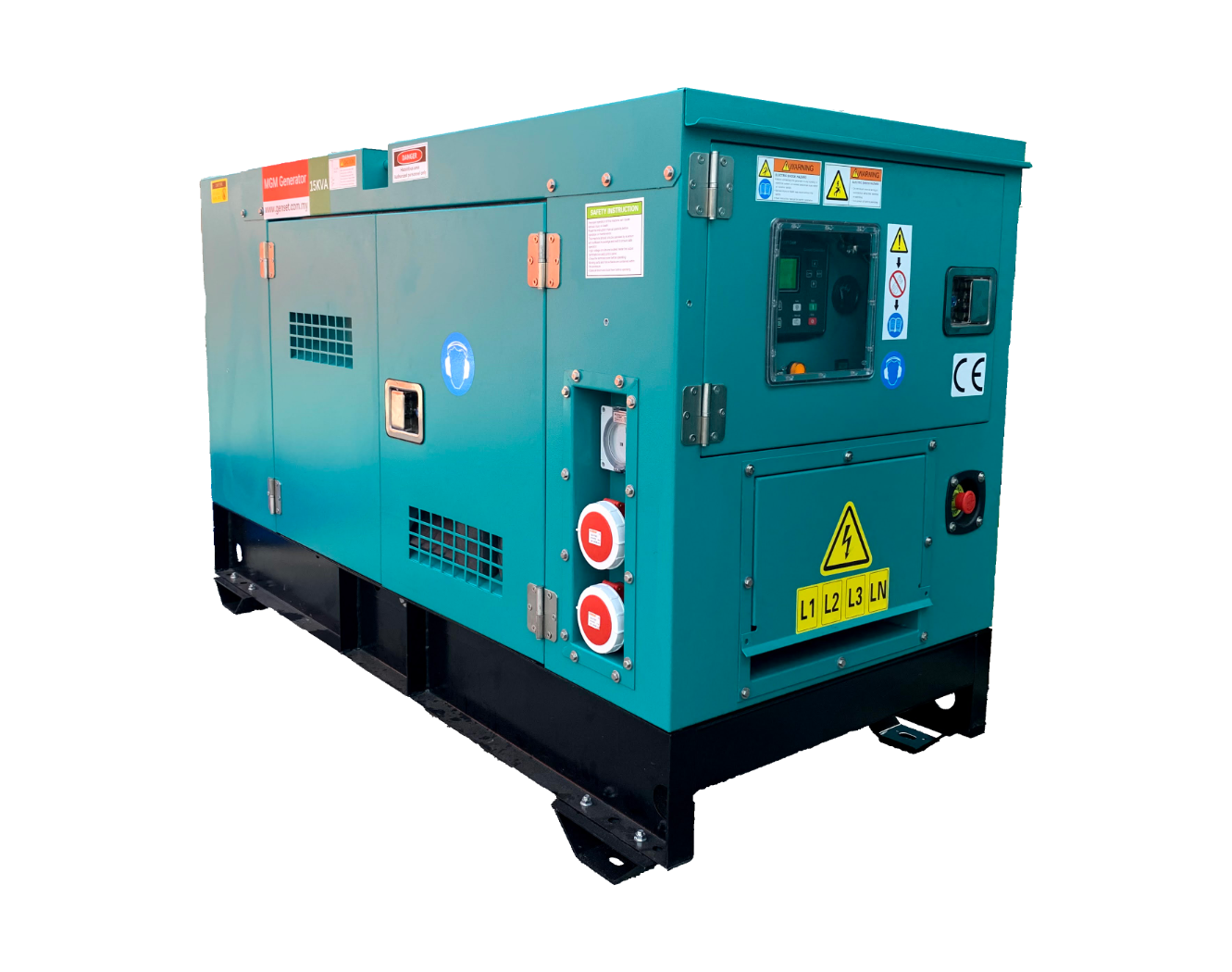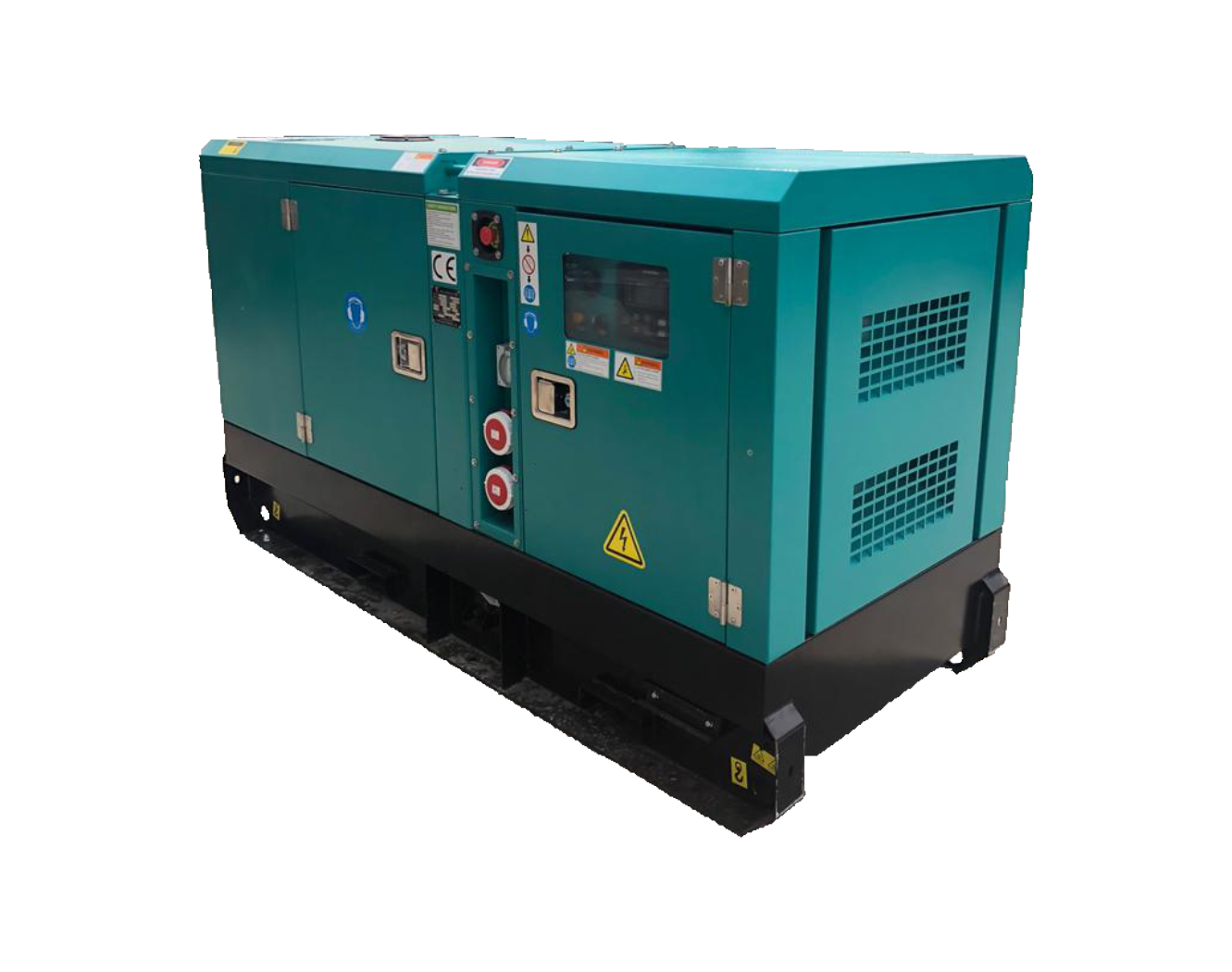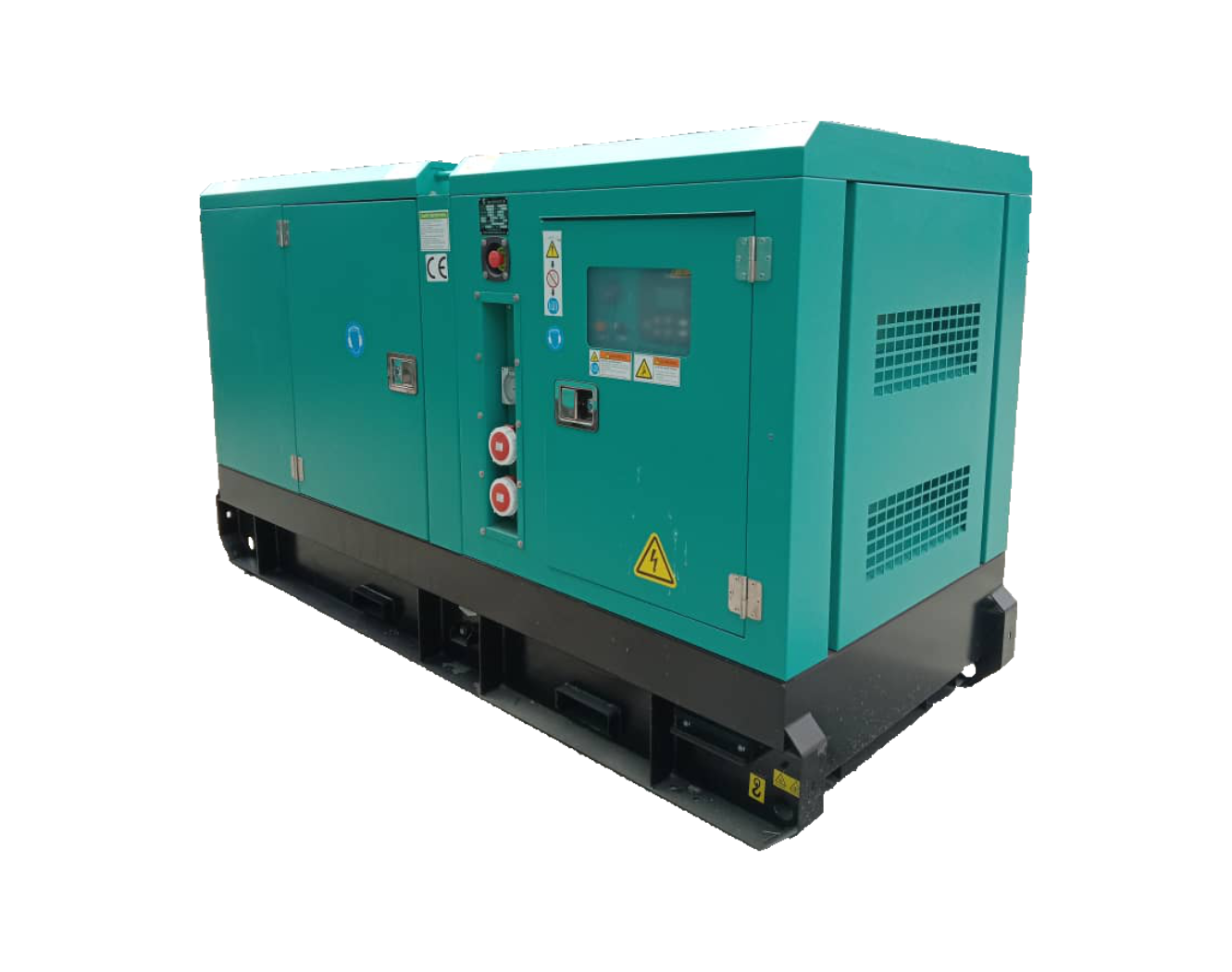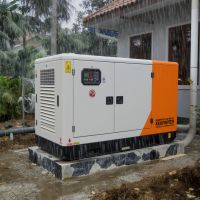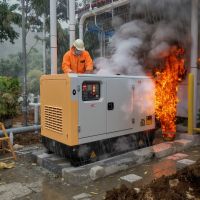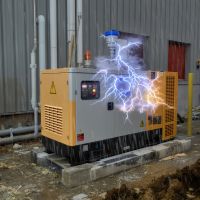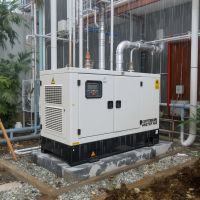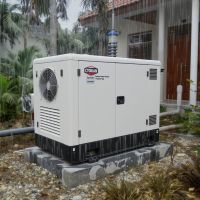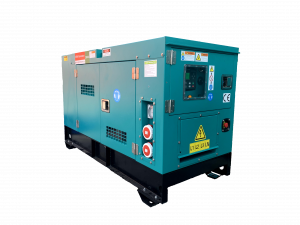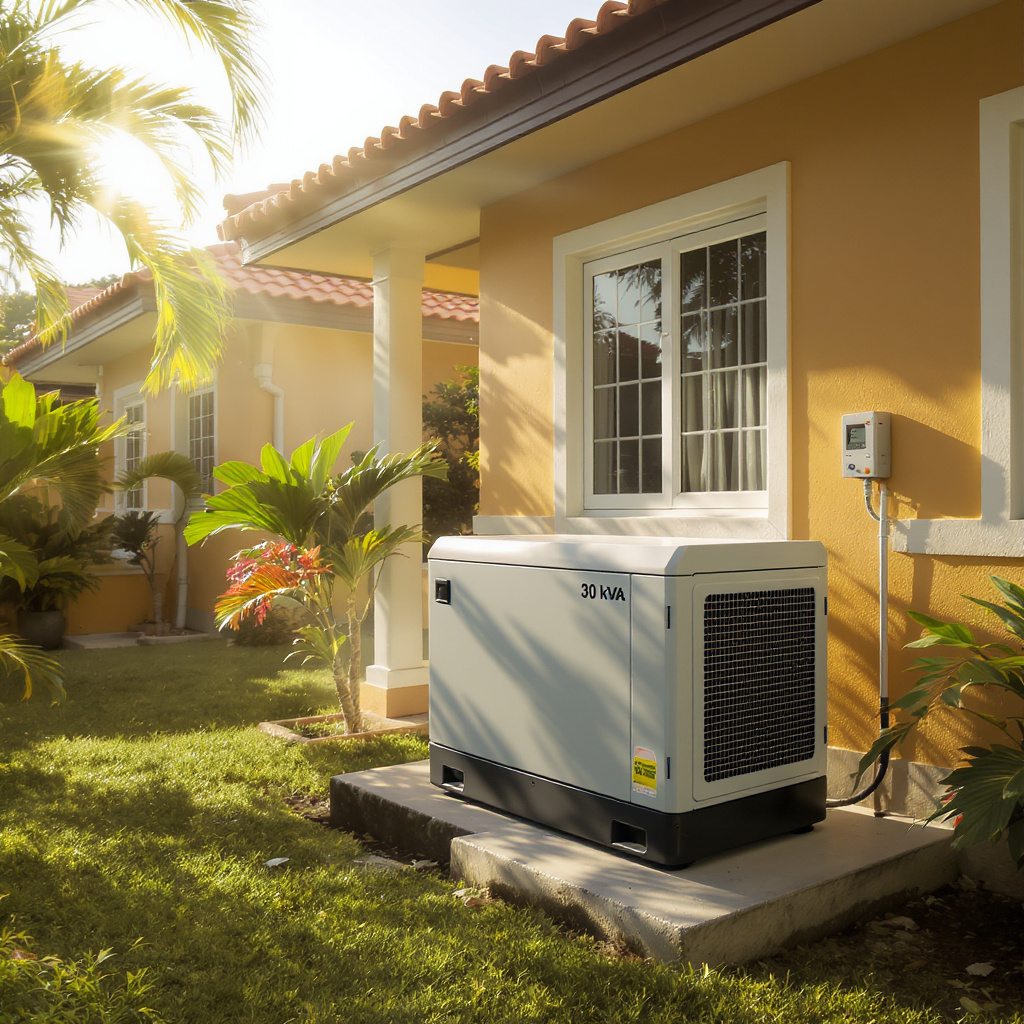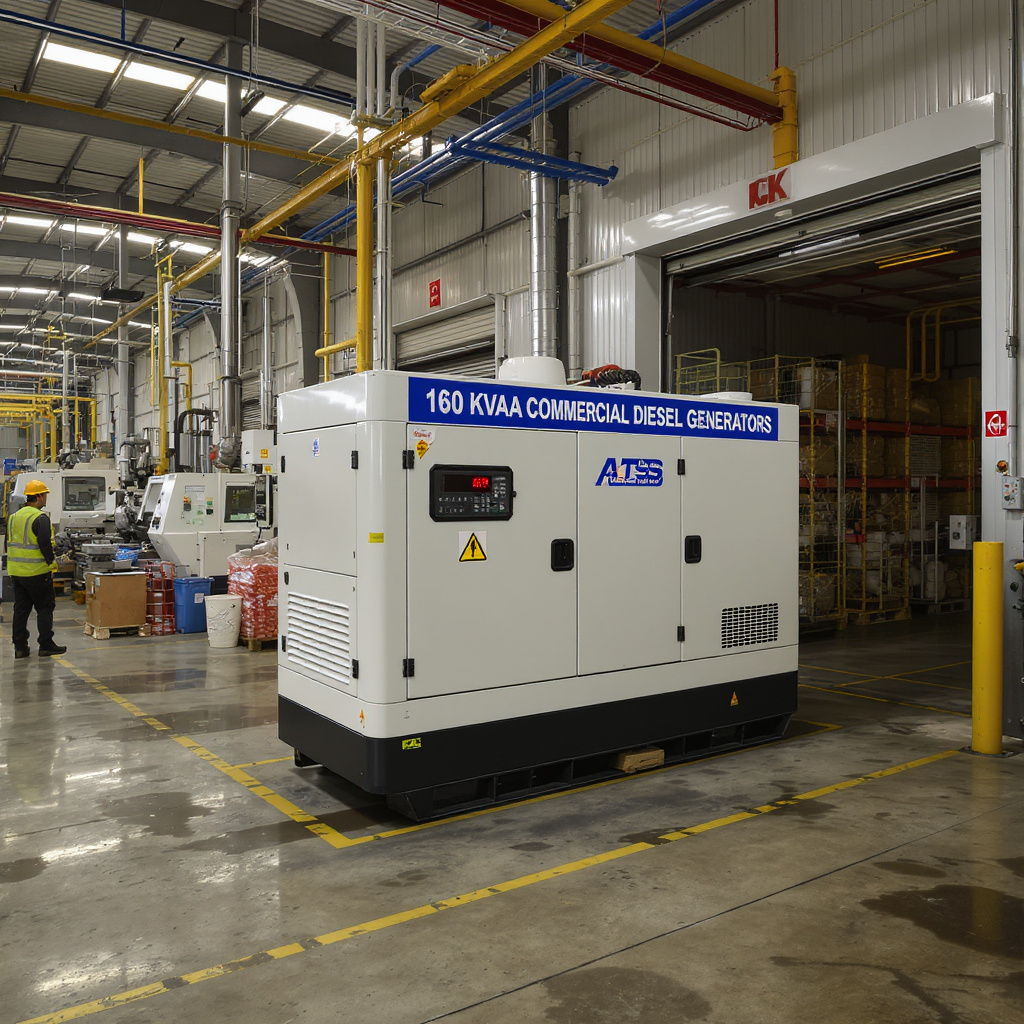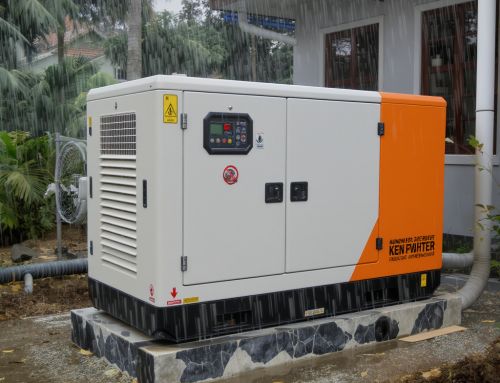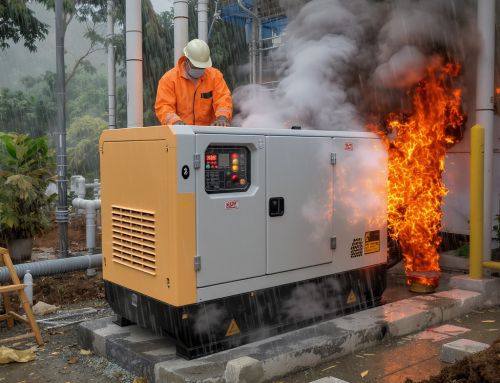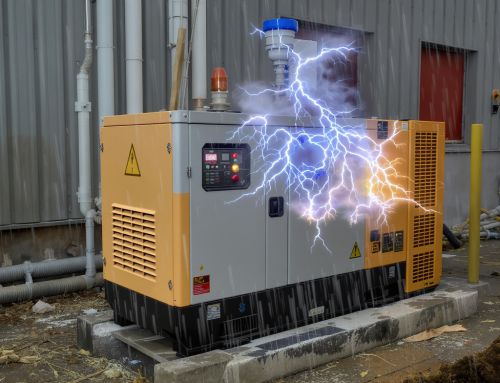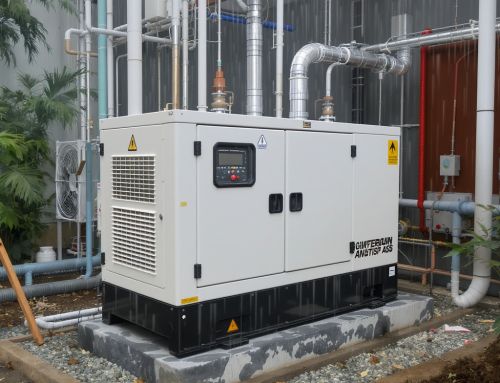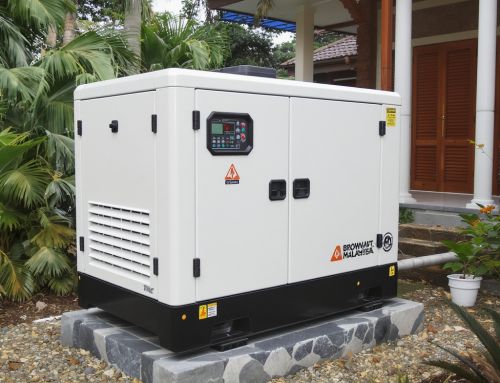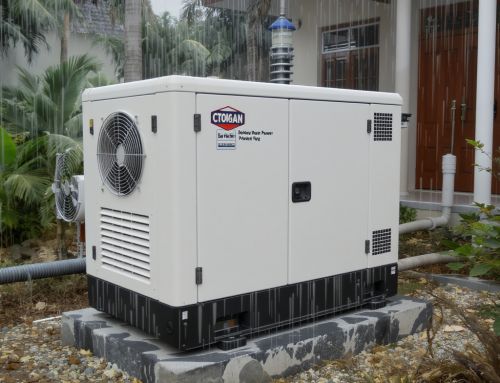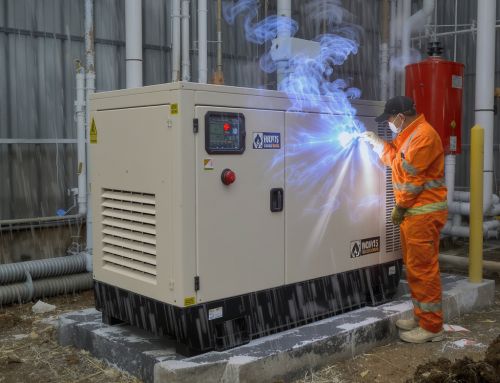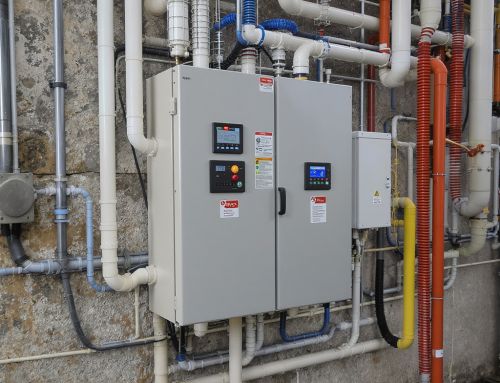Heatwave Brownouts in Malaysia: ROI and Compliance Guide to 30–160 kVA Generators for Homes and Light Factories
Malaysia’s increasingly frequent heatwaves put extra strain on the grid, triggering voltage dips and brownouts that can knock out air-conditioning, CNC lines, cold rooms, and critical devices. Whether you manage a light factory or own a landed home, a right-sized standby generator is one of the most reliable ways to maintain comfort, safety, and productivity when demand spikes and utility power falters.
Let’s cut through the noise and focus on what matters: how to choose a generator that pays back in real interruptions avoided, while staying within local codes and acoustic limits. Below, we outline ROI, sizing, placement, and compliance considerations for 30–160 kVA systems commonly used by Malaysian homeowners and small-to-medium factories.
Why heatwaves trigger brownouts—and why it matters
During a heatwave, air-conditioning loads surge across neighborhoods and industrial parks. Transformers run hotter, voltage stability dips, and sensitive electronics trip. For homes, that means food spoilage, discomfort, medical device risks, and home-office downtime. For factories, even short outages can cause product defects, machine errors, and hours of lost output while lines are reset and requalified.
Quick ROI framework
For light factories, estimate your cost of downtime per hour (operators idle, scrap risk, late penalties) and multiply by your typical outage hours per quarter. If a 160 kVA set prevents just a few hours of stoppage each month, the investment often pays back in a single season. For homes, account for spoilage, security and gate/door access, comfort, and remote work disruptions. In both cases, add a resilience premium: the peace of mind of uninterrupted living and production during extreme heat.
Sizing for homes vs. light factories
- Homes (typically 30 kVA): Suitable for most landed properties with multiple air-con units, pumps, lighting, fridges, and a small lift or home-office. Explore the 30 kVA MGM Generator to cover essential circuits without overpaying on fuel or footprint.
- Light factories (up to 160 kVA): A 100–160 kVA range often supports CNC machines, compressors, and process loads with an Automatic Transfer Switch (ATS) for seamless switchover. See our 160 kVA MGM Premium Generator for robust uptime during brownouts.
Compliance, placement, and noise
Good news: modern HOME/COMMERCIAL gensets can meet Malaysian expectations when designed and installed correctly. Work with licensed installers who follow Suruhanjaya Tenaga (Energy Commission) wiring rules, ensure proper earthing, and use an ATS rated for your main incomer. Site the unit on a flat concrete pad with clearances for airflow and maintenance, direct the exhaust away from windows, and consider an acoustic canopy to keep neighborhood noise acceptable.
Fuel safety matters, too. Use clean, low-sulfur diesel from reputable suppliers, maintain a tidy bunded area for external tanks if used, and implement a monthly test routine. In heatwave conditions, keep ventilation unobstructed and schedule periodic load tests so the set is ready when the grid sags.
Controlling total cost of ownership (TCO)
Fuel efficiency, planned maintenance, and correct sizing are the three biggest levers. Oversized sets run lightly loaded, wasting fuel and risking wet stacking; undersized sets trip on starting currents. A right-sized 30–160 kVA generator paired with an ATS and a maintenance plan will deliver lower TCO and higher reliability.
- Run strategy: Prioritise essential loads first, then add comfort loads if capacity allows.
- Maintenance: Quarterly checks and annual servicing keep uptime high and noise/emissions in spec.
- Monitoring: Consider remote monitoring for runtime, fuel level, and alarms—especially for factory shifts.
Next steps
If you’re a homeowner, start with your essential load list and main breaker size, then review a 30 kVA configuration that suits your panel and placement. Factory managers should gather motor HP, compressor data, and peak demand to right-size in the 100–160 kVA range. Our team can help validate load profiles, recommend ATS ratings, and plan placement to comply with local requirements.
Ready to protect your comfort and uptime during Malaysia’s heatwaves? Talk to our team, email genset@genset.com.my, or call +60129689816. We’ll help you compare models, assess ROI, and install a compliant, quiet solution that fits your space and budget.

